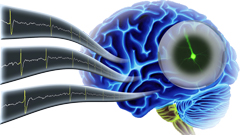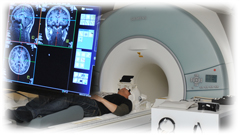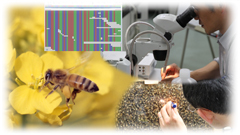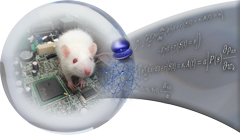Systems Neuroscience Research Center

Kazuyuki Samejima
Center Chief
When we learn in school or work in a workplace, our brains take in the information we need from the external environment, compare it to past experience, seek to determine the optimal course of action, then apply such decisions to actual action. This Research Center seeks to elucidate the structures of the brain responsible for these actions, including cognition, memory, learning, motivation, desire, general reasoning, decision-making, voluntary movement, and social behavior. The Research Center advances research in brain science on multiple levels, ranging from cells to behavior, through joint efforts among four research divisions that study humans and animals (including rodents, primates, and honeybees) and through experiments based on state-of-the-art technologies and advanced theoretical prediction and verification. The Center has attracted international attention as a research facility that assembles numerous specialists active on the front lines in the field of decision-making an aspect of mental process central to our lives. Our goal as basic brain science researchers is help build an enriched human society through a better understanding of the fundamental principles of the brain.
Systems Neuroscience Research Division

We can detect weak electric pulse signals emitted from neurons, units of neural circuits, in behaving animals including rodents and primates. We can also control these activities with the optical stimulation by combining genetic technique. Our challenge is to accurately analyze signal flows through neural circuits, and elucidate the unknown operating principles of the brain to perform cognitive functions.
Human Cognitive Neuroscience Research Division

In order to understand the cognitive functions of human brain, such as thought and decision-making, we capture images of brain activity in a non-invasive manner using fMRI. We publish our research, which uses the most advanced research methods to allow us to "see" how the brain works, in international journals.
Social Neurobiology Reasearch Division

Our understanding of the human society is furthered through comparing it, in a neuroscientific manner, with the subtle society of other living things. Therefore, we are advancing research, such as investigating how the genetic control of the nervous system plays a role in the social behaviors and learning of social insects (honeybees).
Neural Computation Reasearch Division

In order to understand the functions of the brain, it is important to not merely observe brain activity, but to support these observations with computational theories. We are, therefore, challenging to unite theory and experiment understanding observations with theoretical models and verifying the theory by computer simulations.








